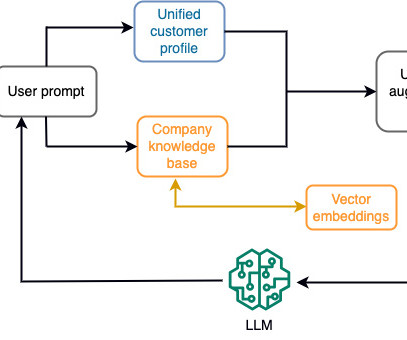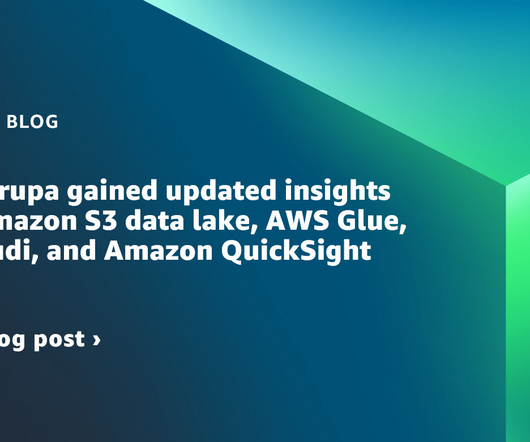Commercial Lines Insurance- the End of the Line for All Data
Cloudera
OCTOBER 28, 2021
The German underwriters analyzed historical data such as weather, location, breed, type of crop, and a farmer’s experience to assess risk, underwrite and set price exposures. In this way, the Commercial Lines segment of insurance has really been a user of big data since its inception. Another example is fleet management.














Let's personalize your content